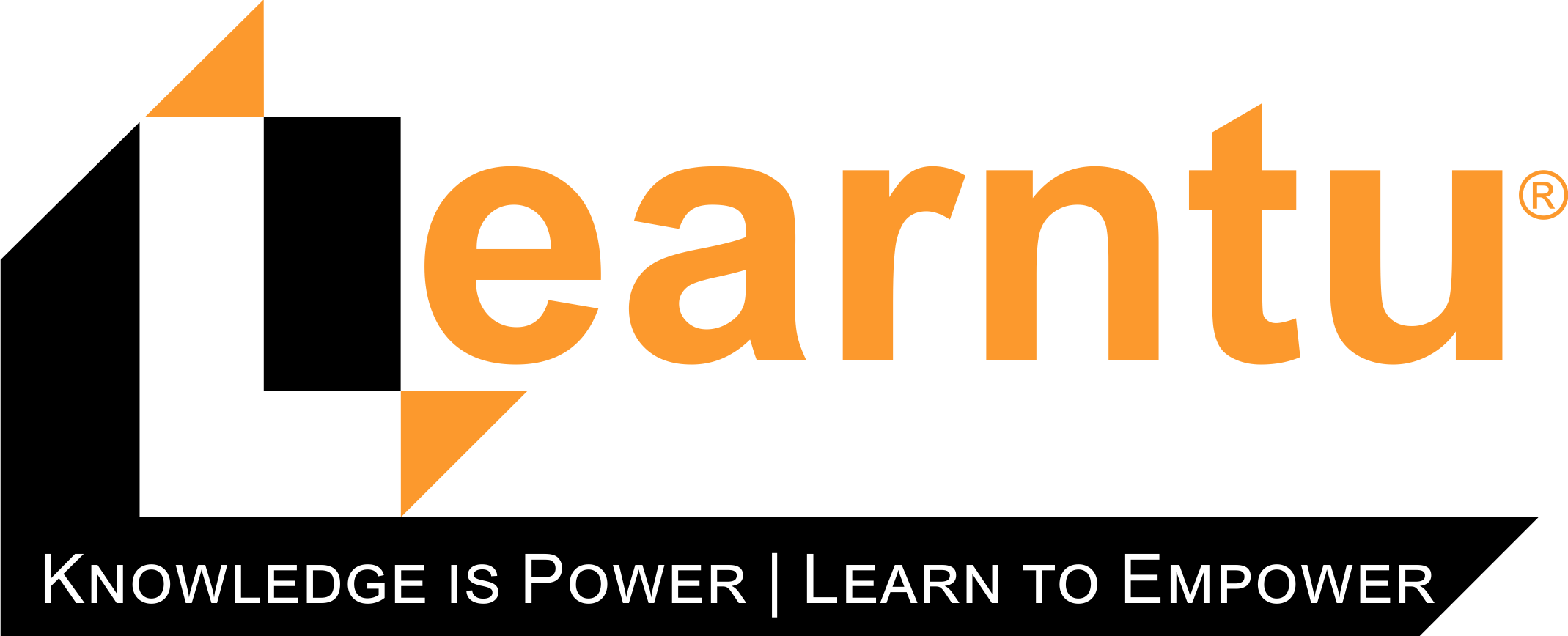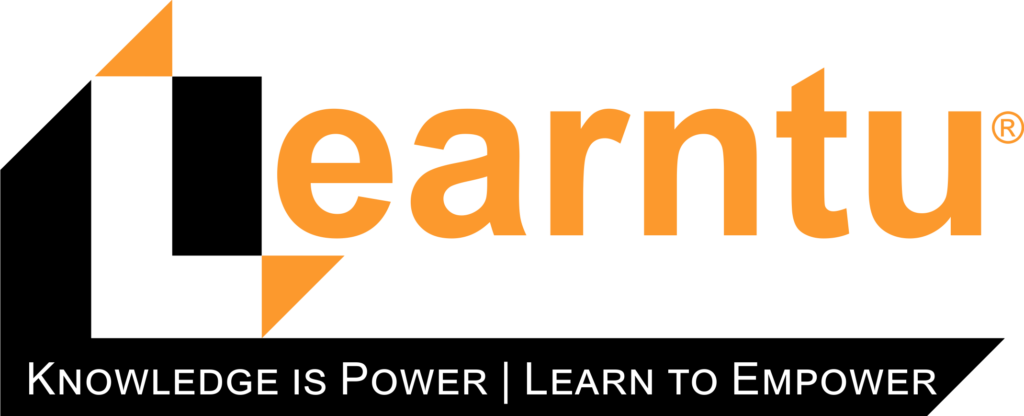
About Course
An asset is anything that generates value for an organization. Understanding the core principles of Asset Management and how to implement an effective asset management strategy is critical for ensuring the sustainable use and management of assets throughout their lifecycle. This approach helps organizations manage costs efficiently while maximizing the value derived from their assets.
This course offers a comprehensive introduction to Asset Management, guiding you through its key concepts and practical applications. You will learn how to develop a robust asset management strategy tailored to your organization’s needs, and how to apply best practices for long-term success.
By the end of this course, you will be equipped to make informed, strategic decisions that enhance your organization’s asset performance, in line with international Asset Management standards. You’ll also discover how these standards can improve efficiency, mitigate risks, and deliver sustainable value across the organization.
Course Content
Introduction to Asset Management
-
00:41
-
Why Understanding Asset Management is important?
02:34 -
What is Asset Management?
02:01 -
Evolution of Asset Management Systems: 19th Century to the 20th Century
01:53 -
Benefits of Asset Management
00:53 -
Core Principles and Elements of Asset Management
00:00 -
Examples of How Asset Management Works
00:00 -
Example1
00:47 -
Example 2
00:38 -
Example 3
00:31 -
How to Develop a Strategic Asset Management Plan
00:00 -
Case Study: Town of Devon, Alberta: Building an Asset Management Program
02:22 -
Case Study -Challenges
00:27 -
Case Study – Lessons Learned
00:00 -
Case Study – Solutions
00:00 -
Case Study – Conclusion
00:00 -
Quiz: Introduction to Assert Managment
-
Developing an Asset Inventory
Asset Life Cycle and Asset Management Readiness Scale
Pillars and Types of Asset Management
Steps and Importance of Asset Management
Student Ratings & Reviews


